EVs with tight junction proteins (released from brain endothelial cells) aid immune cells to infiltrate the CNS
Graphical representation of EV-aided immune transendothelial migration during neuroinflammation. 1) The presence of inflammatory mediators induced by HIV-1 infection activates the brain endothelium (see animation at 00:13sec), that results in localized Blood-Brain barrier (BBB) instability. Subsequent rapid fencing and hyperpermeability at the BBB may be explained by the temporal production of microvesicles and exosomes (EVs) (see animation at 00:16sec). Importantly, brain endothelial derived EVs are known to contain tight junction proteins in their cargo (Andrews AM, Ramirez SH., Front Cell Neurosci. 2016 Feb 29;10:43). Although, inflammatory mediators, drugs of abuse etc., induce the biogenesis of EVs from the endothelium, our experimental data suggest that only HIV infected immune cells can efficiently use these vesicles for gaining entry into the CNS (see animation at 00:22sec). Specifically, we hypothesize that infected/activated monocytes bind EVs containing TJPs which allows for direct “unzipping” of intercellular tight junction complexes at the BBB leading to their access to the perivascular space. It is known that HIV infected immune cells (particularly monocytes) will harbor the virus as these cells differentiate into macrophages and also spread the virus to microglia.

